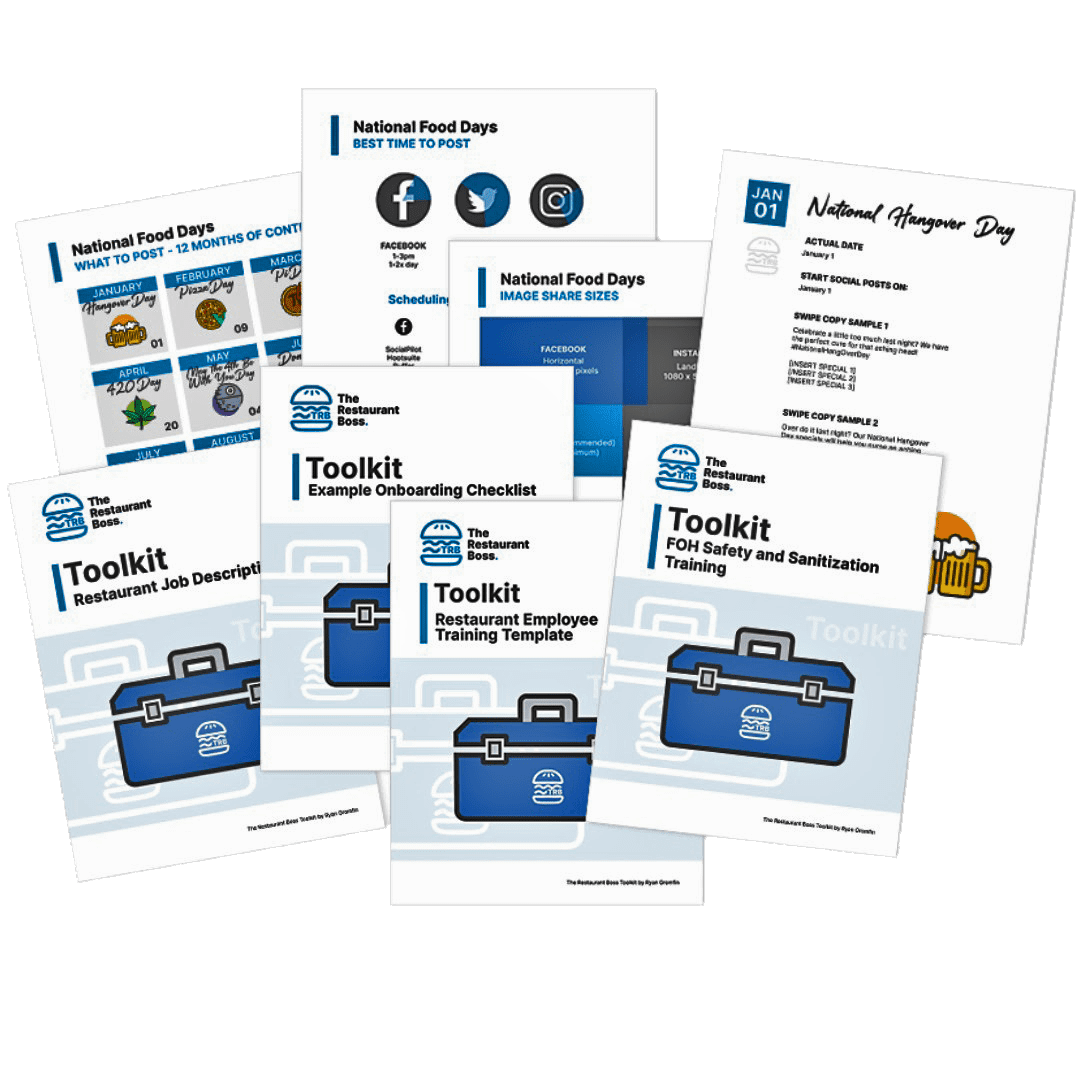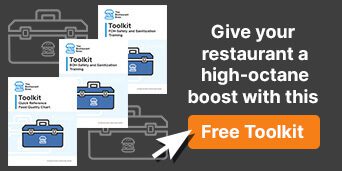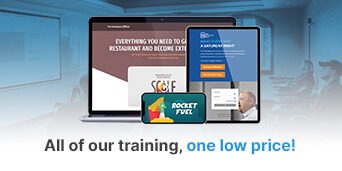Three Most Important Things You Need to Know About Your Restaurant Labor Cost
In today’s video we’re talking about the three most important things you need to know about your restaurant labor cost. Watch now!
PODCAST
Read the Video Transcript by Clicking Here...
Introduction:
In today’s video we’re going to talk about the three most important things you need to know about your restaurant labor cost.
Three Important Things to Know About Labor Cost:
First: How do you calculate labor costs? It’s very, very simple…it’s just total labor divided by total sales (Total Labor/Total Sales=Labor Cost). You’re going to get a decimal number like .30, just multiply that by 100 to turn it into a percentage. In the previous video we talked about Food Cost and why it doesn’t have Labor included in it, so if you missed it you can go back and watch it here. For now, labor cost is its own calculation. Don’t get this mixed up with other things, because we’re going to cover them in a later video about Prime Cost.
Second: When I say Total Labor, I mean you need to include your employer-related expenses like taxes, benefits, insurance and the cost of processing payroll – that’s all part of the Total Labor cost. Depending on where you are in the world, if you have an employee making $10 an hour that employee is actually costing you closer to $12 or $13 dollars per hour if you add in their Social Security, Taxes, maybe some benefits, vacation, insurance or the cost to process their payroll. If you’re only using that raw $10 an hour data, you’re cheating yourself. You’re basically telling yourself that your Labor Cost is better than it is.
Third: Labor Cost is not directly related to volume. What I mean by this is your labor could remain the same while volume goes up. Most restaurants can have a 20 or 30 percent increase in sales without needing to add more labor. One of the best ways to lower your labor cost is to increase your volume. There are other methods, but we’re not talking about lowering labor costs today. Rather, we are talking about the most commonly asked questions about it. When it comes to Food Cost, if your sales volume goes up, your cost of goods sold should remain the same. If your sales volume goes down, your cost of goods sold should remain the same. With labor, if your volume goes up your cost of goods sold percentage should go down. With more sales volume you should not necessarily need a lot more labor.
What Should Your Labor Cost Be?
Another thing that people ask me all the time is, “What should your labor cost be?” Like I said in the Food Cost video – I have no idea. I have clients with high labor costs that make money. Conversely, I have clients with low labor costs that make money. I have no idea what your labor cost should be. Of course there are industry averages, but I’m not going to share them right now because I don’t want to confuse you on it. What’s most important is that your labor cost is your labor cost. The goal every month is to ensure that labor cost stays the same or goes down..
We can talk about rolling periods, we can talk about why I don’t suggest using a one month period to calculate labor cost, but it’s the same as it was in the food cost video where I talked about Rolling methods versus Simple methods. I suggest using a rolling method for your labor, as I would for cost of goods sold. Also, I suggest of course using our software that we created specifically for restaurant operators called clickBACON. I look forward to bringing you more great videos just like this next week, have a wonderful day.
Read More
Running a Restaurant Isn't Hard
The #1 complaint in restaurant management is poor employee performance. If you’re not following this simple 5-step plan to train your employees, you’re never going to get the results that you want from them …ㅤㅤㅤ
Busy Is Killing Your Restaurant
Are you busy? There are things you’re doing all day, every day in your restaurant and it’s those things that are going to put you out of business. There are 4 things you can do today to battle the busy inside your restaurant …
Follow For More:







